Spine
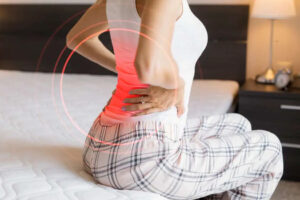
Degenerative Disc Disease
Degenerative Disc Disease is when the soft, cushion-like discs between the bones of your spine (vertebrae) wear down or degenerate over time. These discs act as shock absorbers and help your spine stay flexible. When they deteriorate, it can lead to pain and discomfort in the back and neck.
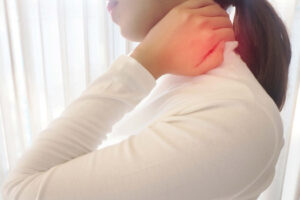
Spondylosis
Spondylosis is a term used to describe the natural wear and tear that occurs in the spine as we get older. It happens when the bones and discs in our back start to show signs of ageing, like small cracks and changes in shape.
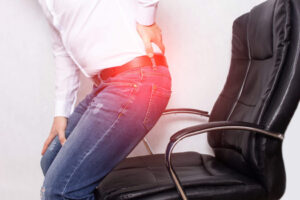
Spondylolisthesis
Spondylolisthesis is like a puzzle piece in your spine moving out of place. Your spine comprises many small bones called vertebrae; sometimes, one can slip forward over the one below it. This can happen because of age, injury, or other reasons. When it does, it can pressure your nerves and cause pain.
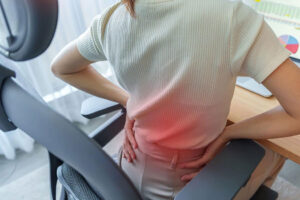
Osteoporotic vertebral fracture
Osteoporotic vertebral fracture is a common fracture that occurs due to weakened bones and is often associated with osteoporosis. The condition results from the compression or collapse of vertebrae in the spine due to decreased bone density.

Vertebral Fracture
A vertebral fracture refers to a break or crack in one of the vertebrae, the small bones that make up the spine. These fractures can occur in any part of the spine and range from mild to severe. Vertebral fractures can be caused by various factors, including trauma, osteoporosis, tumours, or certain medical conditions that weaken the bones.

Spinal Stenosis
Spinal stenosis is when the spinal canal narrows, placing pressure on the spinal cord or nerve roots, leading to symptoms like pain, numbness, or weakness in the back or legs.
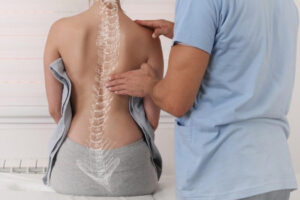
Scoliosis
Scoliosis is a condition that makes your spine (the backbone) curve sideways in an “S” or “C” shape instead of being straight. This can happen to people of all ages and can vary in severity.



